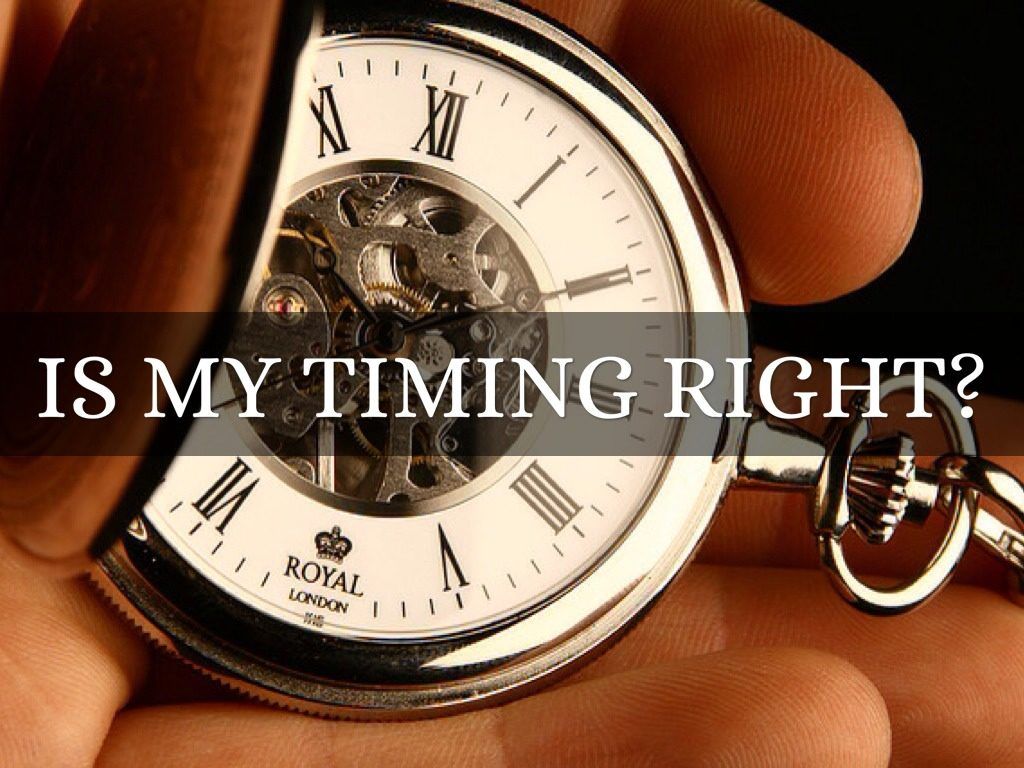
When to have bunion surgery?
It is estimated that up to a third of the population have bunions. Clearly, not all of these people will be bothered enough by this condition to consider surgery. However, a large proportion of patients with bunions, have been ‘putting up with them’ for many years. The surgical correction of bunions has come a long way in recent years, with minimally invasive, or ‘keyhole’ surgery now possible.
Every individual has their own threshold at which they decide to seek advice regarding bunion treatment. While there is no ‘absolute’ indication for when to have bunion surgery, several reasons for seeking medical treatment are discussed below.
My Bunions are painful
This is one of the most common causes for someone to visit a foot surgeon with their bunions. Bunion related pain does not have a strong relationship to the severity of the bunion. Even ‘minor’ bunions can be painful, and there are some patients with very severe deformities that are relatively pain free.
There are several potential sources of pain:
Prominent Medial Eminence
A painful red callus may form directly over the inner aspect of the bunion. This is typically the result of the bunion rubbing against the inner side of the shoe.
Transfer Metatarsalgia
Progressive bunion deformity can result in reduced ‘function’ of the great toe. This may transfer the weight bearing forces to the under surface of the 2nd and 3rd metatarsal heads (lesser toes) resulting in ball of foot pain.
Degenerative Hallux Valgus (Bunion)
Over time, some patients suffering from bunions will develop arthritis of their great toe (1st MTP joint). Resulting pain and stiffness typically occur.
My bunions are a cosmetic concern to me
Many people simply don’t like the appearance of their bunions. Given the warm temperatures that Australia experiences during the summer months, ‘open’ footwear is commonly desired. For some people, the presence of bunions is of cosmetic concern during this time. A keyhole bunion correction allows realignment of the toe with minimal soft tissue scarring.
My bunions stop me wearing certain shoes

Over time, bunion deformities may progress. With increasing severity, the ability to wear standard footwear becomes more and more challenging. Difficulty finding appropriate shoes is a common reason for seeking help.
My smaller toes are starting to become crooked also
Over time, as bunions increase in size, the great toe tends to ‘drift’ across towards the smaller toes. This can result in progressive deformities of the smaller toes, such as the development of a hammer toe. Surgical intervention in this setting requires correction of both the bunion and the lesser toe deformity.

My bunions interfere with my normal life
Many patients simply feel that their bunions are interfering with normal life. Usually a combination of the above factors, such as pain, cosmesis, and difficulty with shoes, play a role.
While there is no ‘right or wrong’ answer to the question, ‘When to have bunion surgery ?’, the above factors will help guide you in deciding if it is time to seek advice from a specialist.
